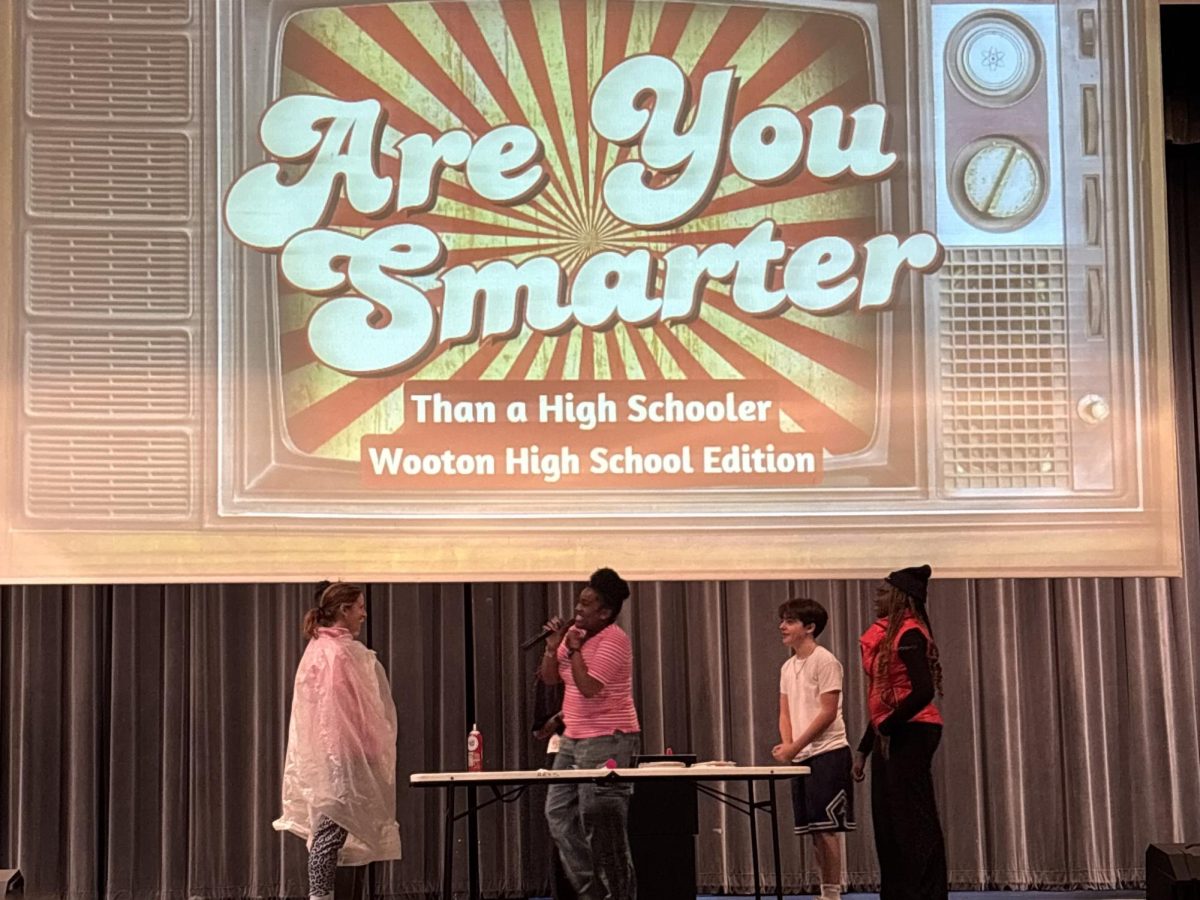After the ID for ALL policy was implemented last year, students know that to get into school, they need to show ID. The policy may have been added for reasons like growing concerns about school safety, with incidents of unauthorized individuals entering, and security threats across the county, signaling that stricter initiatives need to be considered.
It may also be that the policy stems from two high school journalists trying to test a hypothesis about different schools safety measures.
Not all students realize the potential correlation between the ID policy and an article written by Editors-in-Chief emeritus Maria Sofronas and Elizabeth Mehler, in the spring of 2024. Junior Max Lee said he is unaware of the reason the ID policy was added. “I know it’s for a more secure school, but I don’t know the exact reason, I don’t think many students do,” Lee said.
Mehler and Sofronas wrote an article about different schools’ safety measures by testing and reporting their experiences trying to enter Richard Montgomery, Churchill, Rockville and Walter Johnson. The constant arrival of Uber Eats drivers coming to the school door here and gaining access prompted Mehler and Sofronas to address school safety measures. “It was scary to see how easily randoms could wander the halls, as students would often let them in, thinking nothing of it,“ Mehler said.
When the article was initially published, neither Mehler nor Sofronas planned for their reporting to lead to an increase in security county-wide. “I didn’t necessarily expect my article to lead to policy changes throughout MCPS; however, I think it was a great example to me, and to others, of the change that the power of journalism can accomplish,” Sofronas said.
Their efforts affected more than just this school. Churchill has also seen the implementation of the ID policy. “The policy requires students to keep their IDs on their bodies (or on their backpacks) at all times,” Churchill senior Jake Weiner said.
Weiner said he feels that the new policy doesn’t make the school significantly safer, as anyone from outside the school could claim they have their ID in their backpack. “I know they have the ID policy because it aims to keep non-students and intruders out of the school, but since they have implemented it, it is not effective because anyone from outside of the school could claim they have their ID in their backpack,” Weiner said.
While students may continue to debate the usefulness of the rule, the result of the events suggests that Mehler and Sofronas’ work played a role in the district’s decision-making. The connection between their efforts and the implementation of the ID policy highlights how student journalism can spark county-wide changes, showing the lasting impact of their investigation long after the article was first published.









